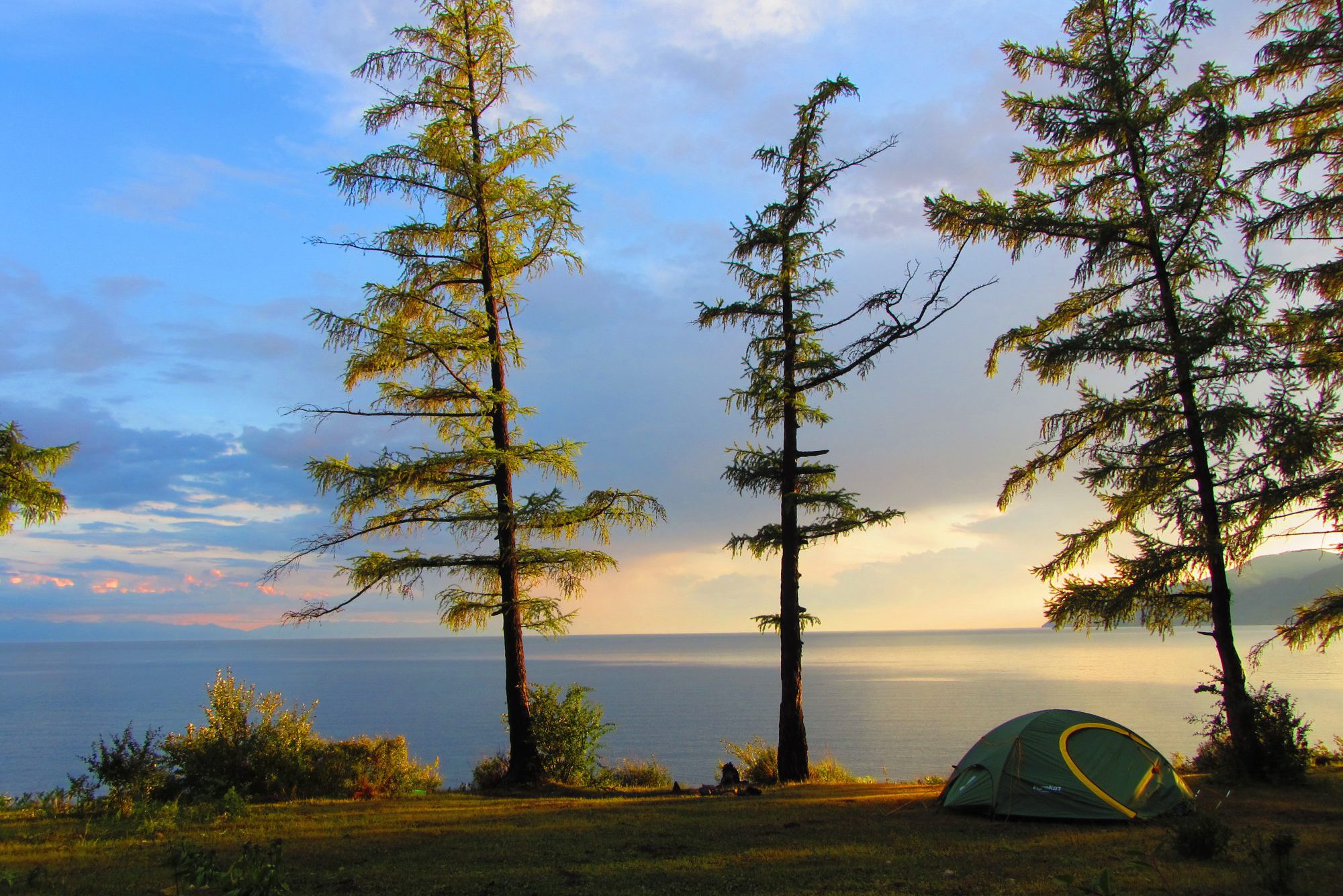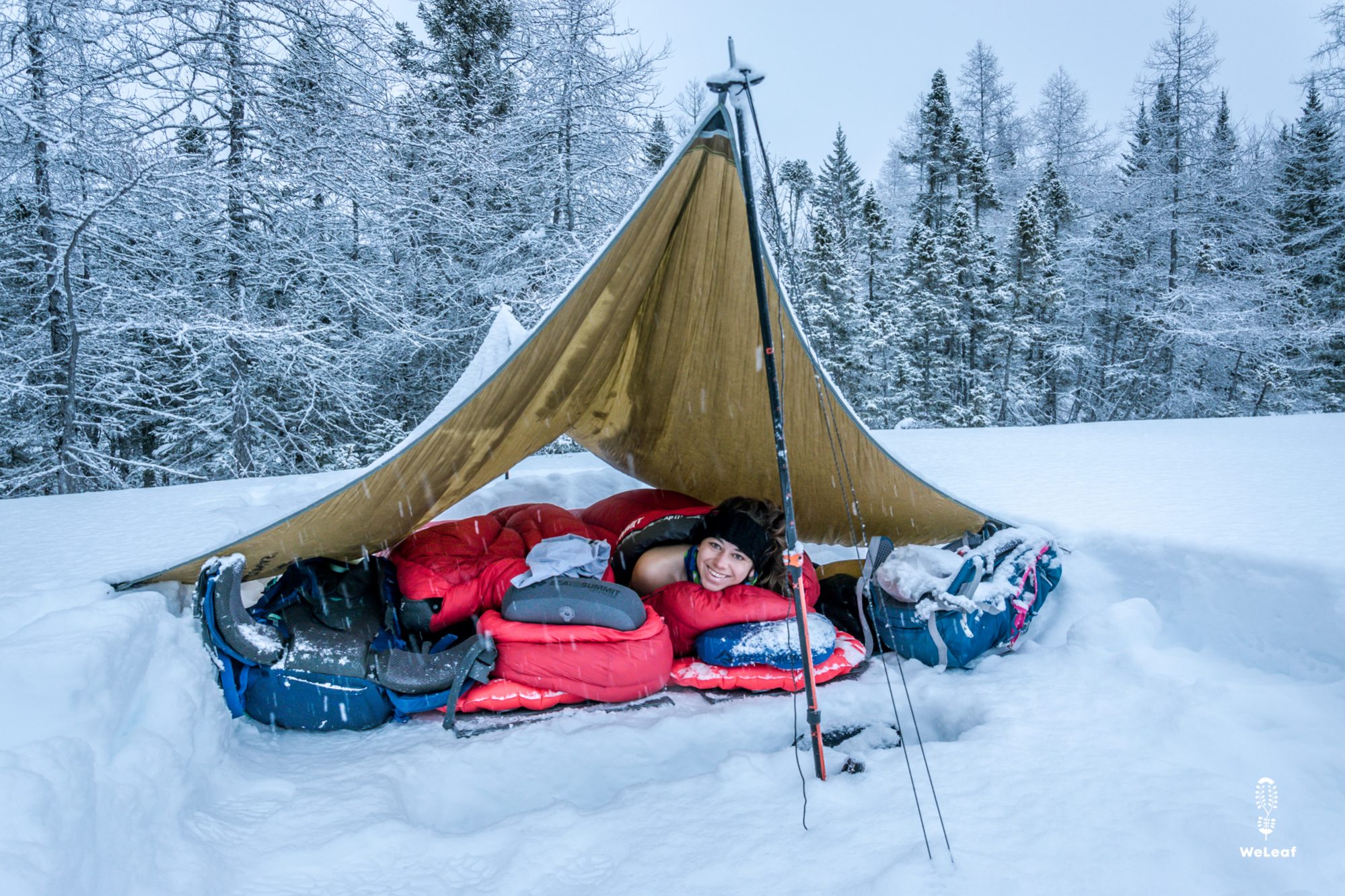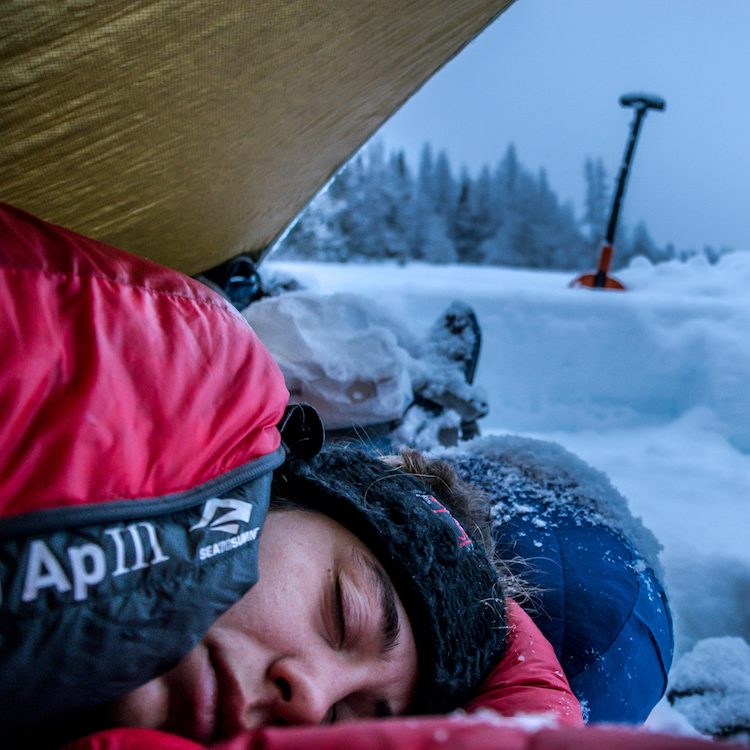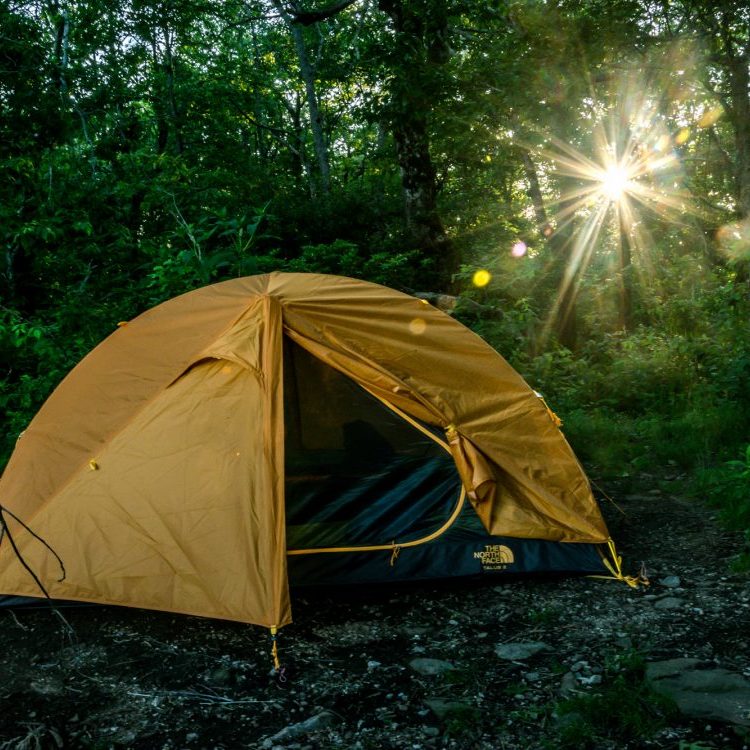
Black stockings
July 14, 2020
Scheisse in Germany
July 23, 2020Our secret camping tips and tricks for a successful night in nature
In the past three years we have slept more than 300 times in our tent. Sometimes in incredibly beautiful places, sometimes hidden from the wind under the roof of an ugly building. The tent became our home and we learned to make it comfortable. For many people, camping is limited to one experience that ended with badly. Shivering all night in the sleeping bag, a blocked back in the morning or being rained out like a drowned cat. The more you do something, the better you get at it. This certainly applies to camping, and the chance of bad experiences get smaller and smaller if you know how you can influence a number of factors. We give you five secret tips to make your camping experience even better.
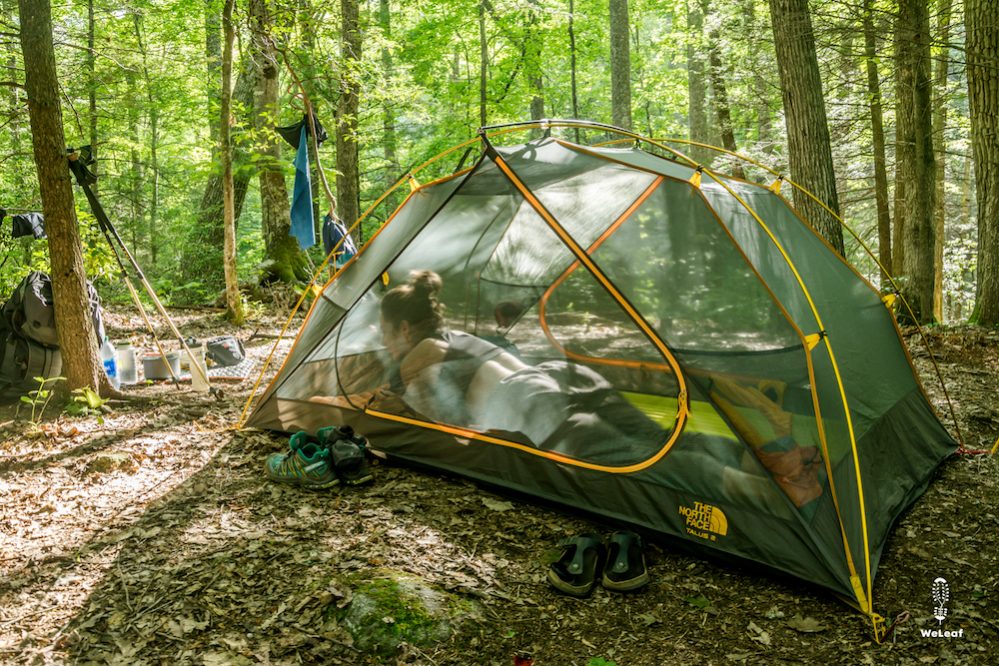
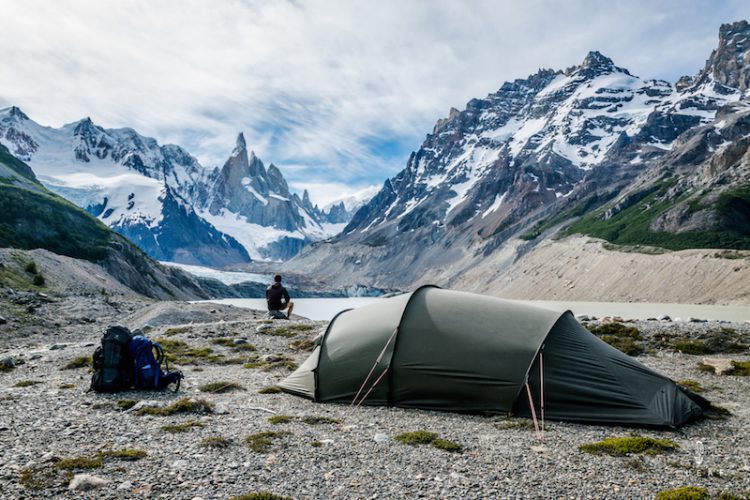
1. Go to the toilet twice before bed
Nothing is more annoying than having to crawl out of your sleeping bag in the middle of the night, pushing your bare back against the wet canvas, looking for your shoes in the dark and shivering in your underpants, being nettled along the way by a few nettles that you actually knew where they were. There are two things you have to do to avoid getting out of the tent at night. First, drink as little as possible before going to bed. Try to drink a lot in the morning and during the day, but almost nothing after dinner. Second, go to the toilet twice before actually going to sleep. Even if only a few drops come out that second time, it works. It's like telling your bladder to keep calm until the next morning. Sometimes we are already in the tent at seven in the evening, read a book on our e-reader and go to sleep at nine. Just before sleeping we go the second time for a pee.
2. Cold oats in the morning
People often look surprised when we prepare our breakfast. "Do you eat that cold?" We have been eating our oatmeal cold for three years now. It takes quite some time to set up our MSR fuel stove for a little bit of warm water. We don't drink coffee, so we don’t need warm water. We mix the oatmeal, preferably even the whole oats instead of the instant oatmeal, with water, milk powder, granola, dried fruit, nuts and some chocolate. Delicious! On top of that your body needs a little more time to digest everything so that you get more energy from the oatmeal for a longer time. Two birds with one stone! We have seven other tips for eating healthy on the trail.
3. Where does the sun rise?
There is one drawback off our Hilleberg tent, condensation. The tent is often wet in the morning, so we wipe the entire inside with a cloth and then tie the semi-wet tent on the back of the bike or put it loose in the canoe. A ray of sun works a miracles so we always look where the sun rises. We prefer the morning sun to the evening sun, although it is best to have both. We check whether there are trees in the way, whether we are on the right side of the river and we look for the right side of the mountain. It makes a world of difference in the morning.
4. Ant highways and dead branches
We remember a story by Frank van Rijn, a famous Dutch bicycle traveller, when he cycled in Brazil. Suddenly he is startled in the middle of the night by a strange buzzing sound. When he shines into the tent with his flashlight, he sees a large stream of ants that have drilled a hole in the tent. His tent is in the middle of an ant highway and everything that stands in the way, is eaten. One evening in Guatemala we pitch the tent next to a small river. We inspect the ground, but see nothing. When night falls, we see a colony of ants parading at our feet. Suddenly we see a whole network of ant highways. We sprint to the tent and see that we are in the middle of a highway. Fortunately, we are just in time and more lucky than Frank van Rijn. Another thing to look out for is dead branches in a tree. If such a ten meter high branch falls on your tent, you may not wake up in the morning. Especially oak trees are very dangerous in a storm because the branches are heavy and easier to break.
5. Foam seating pad
A small foam mat is one of the most useful tools on a camping pitch. It keeps the buttocks dry, warm and clean and serves as a pad to put things when the ground is dirty. It's perfect to stand on when you put on clean clothes and you can put your bag on it at night if you don't have a groundsheet in the tent. During our hike on the Appalachian Trail it sometimes rained so hard that the entire ground turned into a small pond. You will be so happy with a dry backpack. Curious what other things we have in our packing list for a summer trek?
These tips help us to make camping a pleasure. During the training “the secrets of making a good fire", Siegurd told us the difference between survival and bushcraft. Survival is being able to survive in nature, bushcraft is making your time in nature as comfortable as possible. Enjoying camping is an important bushcraft skill. These other ten tips for a long trek will make you an expert.
